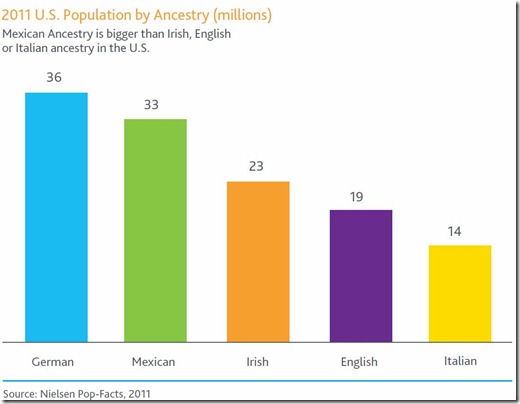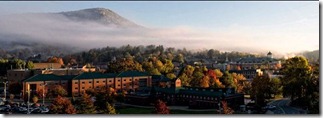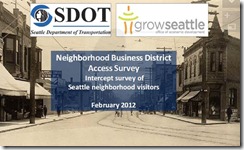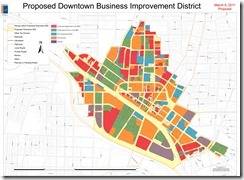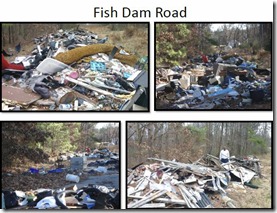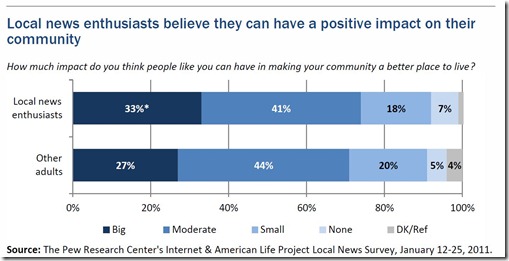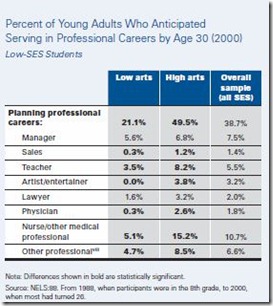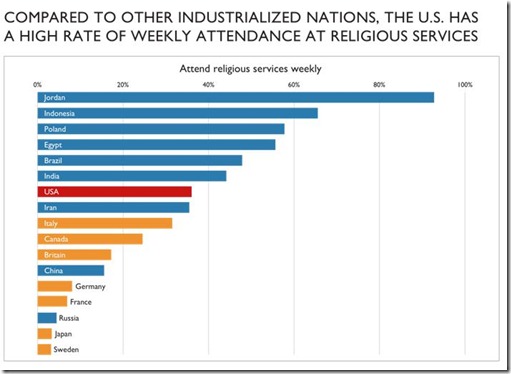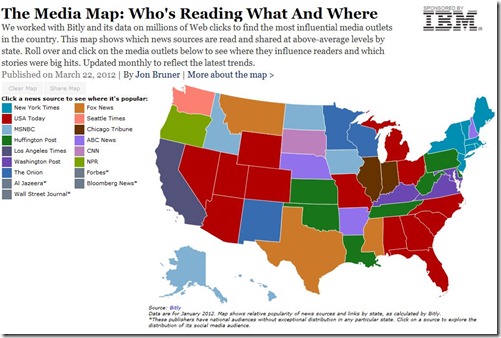Ironically, I recently found myself in a conference room at the headquarters of the National Historic Trust for Historic Preservation in Washington D.C. within 40 hours of having witnessed Durham, North Carolina's Annual Tribute Luncheon last week in Bay 7 of the incredible American Tobacco Complex.
While placemaking is about much more than buildings, using several metrics, arguably no place has taken better advantage than Durham of their share of the $90 billion in federal historic tax credits that have been injected into local economies over the last 32 years to help invigorate the built environment’s contribution to sense of place across the country.
Of course, the Trust which was established back when I was born, is about much more than buildings just as “protecting and preserving scenic character,” the purpose for which I was visiting Trust headquarters is about much more than preserving trees or fighting things like outdoor billboards that blight scenic character along roadways and destroy sense of place in communities.
The Brookings Institution which is located just one building further down Massachusetts Avenue from the Trust estimates that between the time when the American Tobacco factories reopened in 2004 as a creative class center and 2030, 82 billion square feet of existing buildings in this nation will be demolished and replaced with new construction, fully 25% of the nation’s current building stock.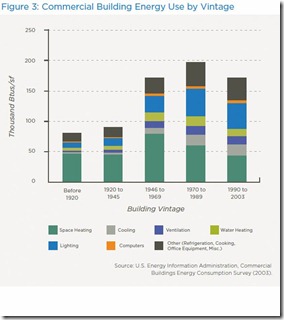
The projections have been slowed slightly by the Great Recession, but there appears to be little or no evidence that we’ve learned our collective lesson from the burst of the housing and commercial real estate bubble.
Hopefully, the rapid and broad-based embrace of sustainability as an American value will be enough to slow the churn and transform the ways we see land use and respond to growth as we understand how to incorporate both negative and positive externalities into free market decisions.
But every year, approximately 1 billion square feet of buildings are demolished and replaced with new construction even though buildings built prior to 1945 are far more energy efficient.
A few years ago, a good friend of mine who lives down in Raleigh, North Carolina confided that Wake County which includes a dozen or so separate communities there was burning an acre an hour in development which seemed to me far too fast to enable good land use decisions.
By 2030 84% of the built landscape in the South will have been constructed or adaptively reused and, 54% will be new construction built since the year 2000. If we insist that new construction carry the true cost, maybe we can make growth far more sustainable while being better stewards of historic structures.
Until new development carries its true cost, it is crucial that Congress level the playing field by passing the “Creating American Prosperity Through Preservation Act” CAPP) which was introduced in February by Senator Ben Cardin, a Democrat from Maryland and Senator Olympia Snowe, a Republican from Maine to invigorate tax credits.
- Drive development and job creation into smaller “Main Street” communities by increasing the tax credit amount to 30% for projects under $5 million.
- Promote energy-efficiency and cost-savings by encouraging the use of energy efficient technologies.
- Enhance the impact of the historic tax credit in low-income areas by eliminating barriers to nonprofit community-based developers.
- Expand the 10% credit for the rehabilitation of non-historic buildings to include structures “fifty years or older.”
- Improve to efficiency of state tax credits by eliminating the federal taxation of the state credits.
Fast Company writing, in part, this month about Durham’s adaptive reuse of several million feet of the city’s historic tobacco and textile factories using historic tax credits notes:
“One hundred fifty years ago, Durham-based entrepreneurs Washington Duke and W.T. Blackwell battled for tobacco sovereignty...Today, Durham’s innovation scene is kindled by tech giants like IBM, Lenovo, and about 140 other companies with stakes in the ground at the 7,000-acre Research Triangle Park...
Though Big Tobacco’s heyday has come and gone, Durham, you could say, is still smoking!"
